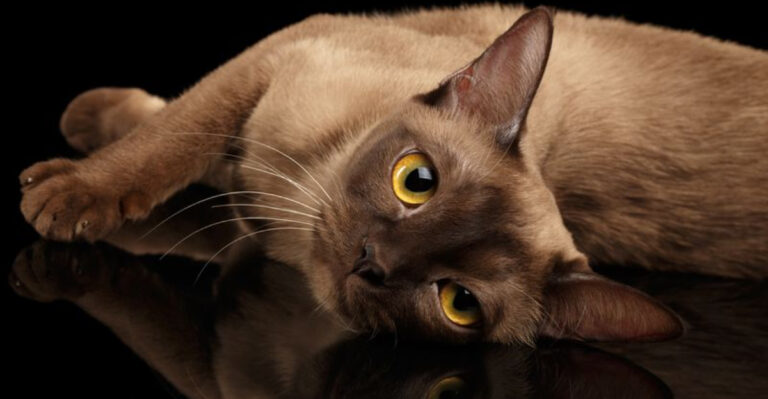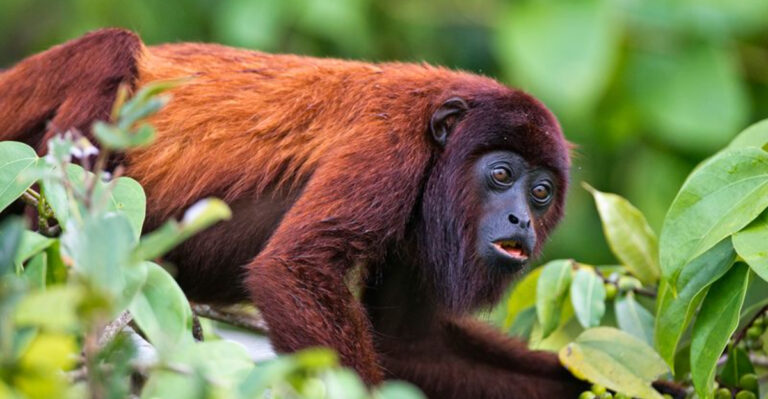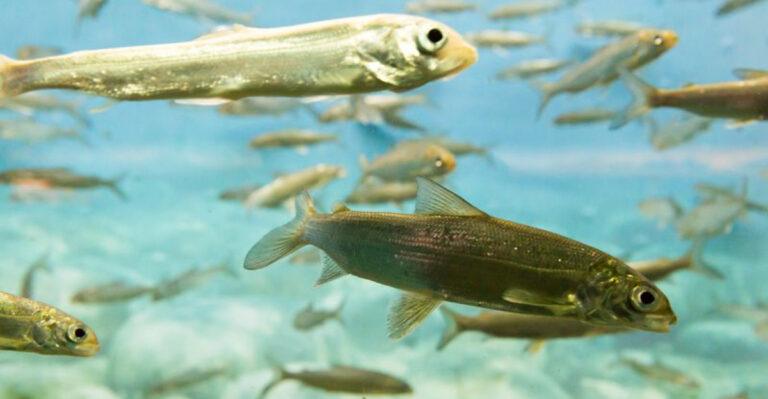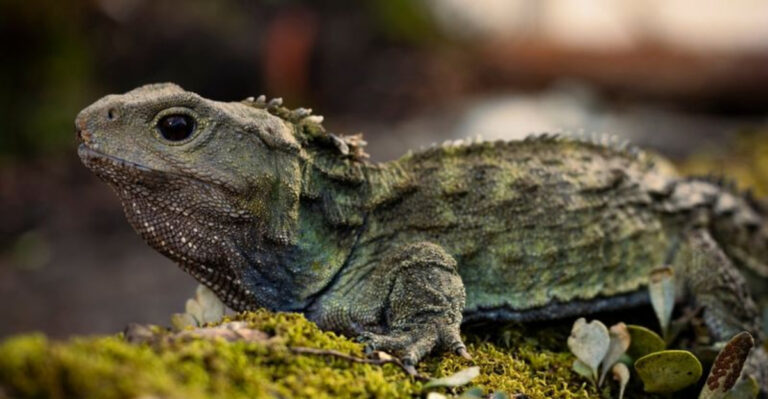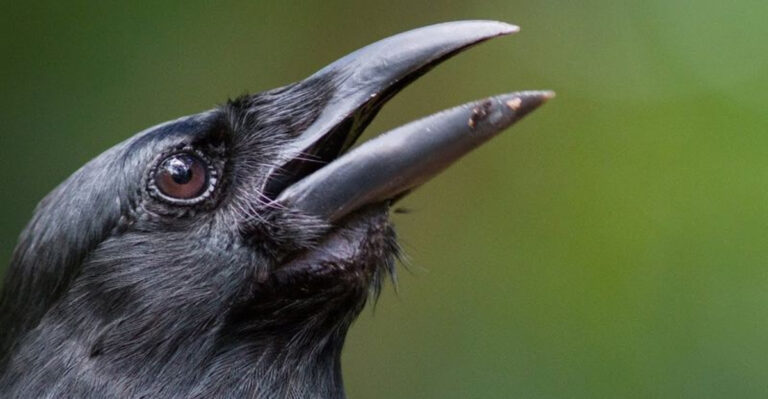10 Most Famous Wild Animals Of All Time
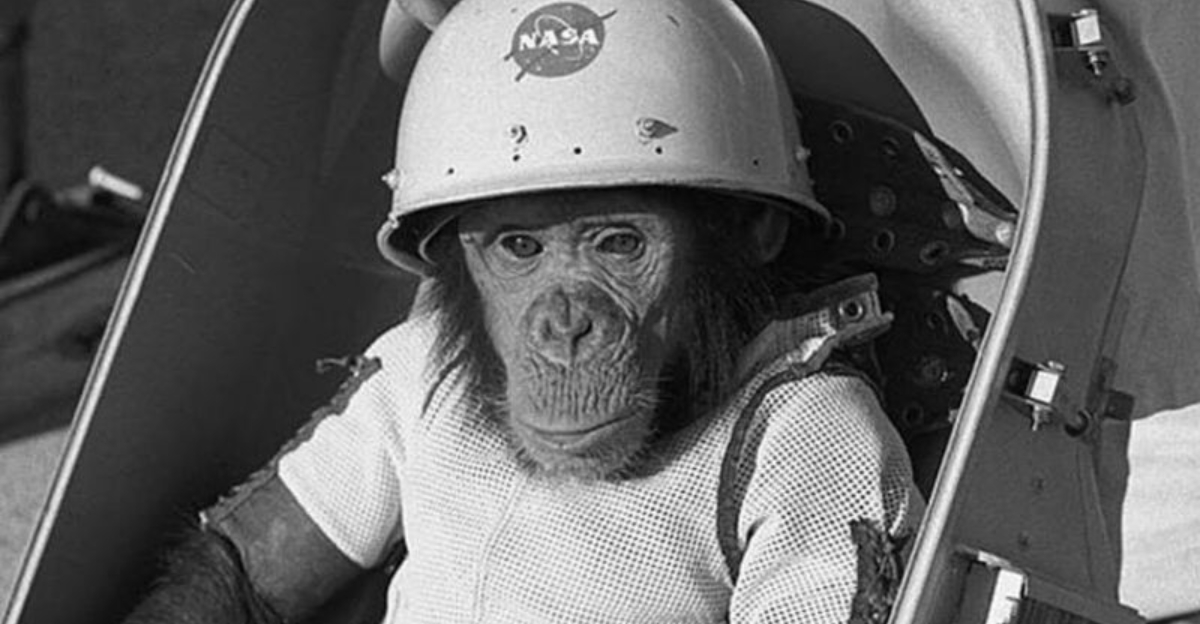
The animal kingdom has given us numerous unforgettable legends, and creatures who have captured the hearts and minds of millions around the world.
From majestic lions to cheeky chimps, these animals have made their mark in history through unique stories and extraordinary feats.
Let’s embark on a journey to explore the lives and legacies of these most famous wild animals of all time.
1. Jessica The Hippo
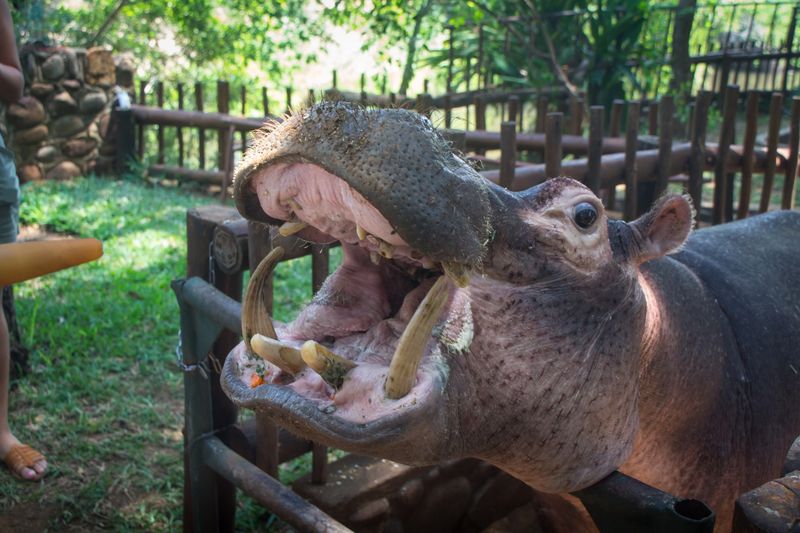
Meet Jessica the Hippo, a charming pachyderm who has become a beloved figure in South Africa. Unlike typical hippos, Jessica is known for her friendly demeanor and close bonds with humans.
Rescued as a calf from a riverbed after being separated from her mother during a flood, Jessica was taken in by a local family. She has since grown to become an astonishing symbol of interspecies friendship.
Jessica’s story is one of compassion and understanding, as she continues to live freely, yet chooses to return to her human companions regularly. Her interactions with people are marked by gentle nudges and her peculiar fondness for sweet potatoes and rooibos tea.
Jessica’s life has been captured in documentaries, and she has been a guest on several wildlife shows. Her fame is not just about her unique story, but also her role in educating people about hippos, typically viewed as aggressive creatures.
Through Jessica, many have learned that with love and respect, even the wildest animals can be affectionate.
2. Harambe The Gorilla
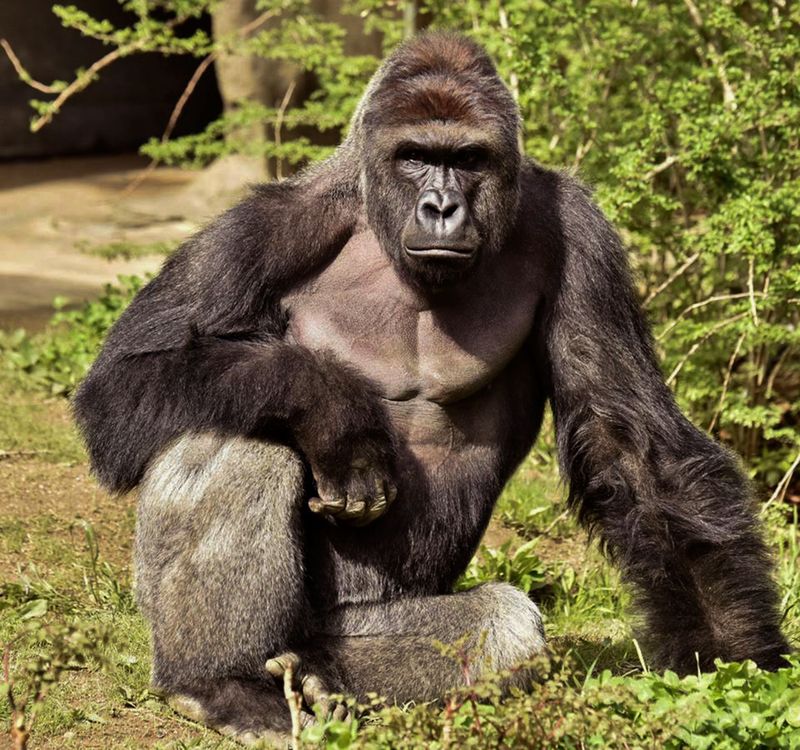
Harambe, the gorilla whose story sparked global conversation, continues to be remembered for both his strength and gentleness.
Born in captivity at the Gladys Porter Zoo, Harambe was later transferred to the Cincinnati Zoo, where his life would become the subject of international attention. In 2016, Harambe was shot after a child fell into his enclosure, raising debates on zoo safety and animal rights.
His death led to an outpouring of grief and a plethora of online memes, immortalizing him as a symbol of the need for better understanding and protection of animals.
Despite the tragedy, Harambe’s legacy has increased awareness of gorilla conservation and the ethical questions surrounding wildlife captivity.
His story reminds us of the delicate balance between human safety and animal welfare, and the importance of creating secure environments for both. Harambe’s memory lives on, advocating for a world where such incidents are no longer the norm.
3. Tilikum The Killer Whale
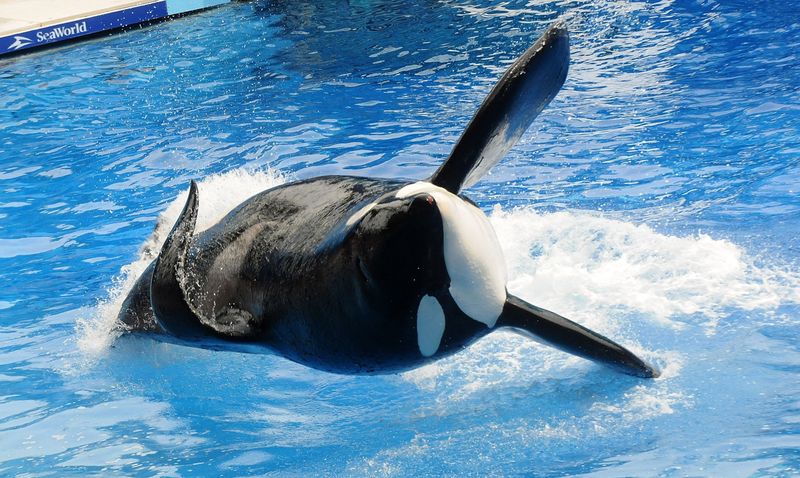
Tilikum, the infamous killer whale, is known for both his performances and the controversy surrounding his captivity. Captured off the coast of Iceland in 1983, Tilikum was brought to SeaWorld, where he spent the majority of his life entertaining audiences.
However, Tilikum’s life in captivity was fraught with challenges, leading to tragic incidents that sparked widespread debate about the ethics of keeping such intelligent creatures confined.
His story was prominently featured in the documentary ‘Blackfish,’ which shed light on the psychological and emotional toll of captivity on orcas.
Despite the controversies, Tilikum became a catalyst for change, leading to increased advocacy for the rights of marine animals.
His life served as a powerful reminder of the need for more humane treatment and conservation of these magnificent creatures. Tilikum’s legacy continues to influence conversations about marine mammal captivity, pushing for better standards and practices.
4. Ham The Chimp
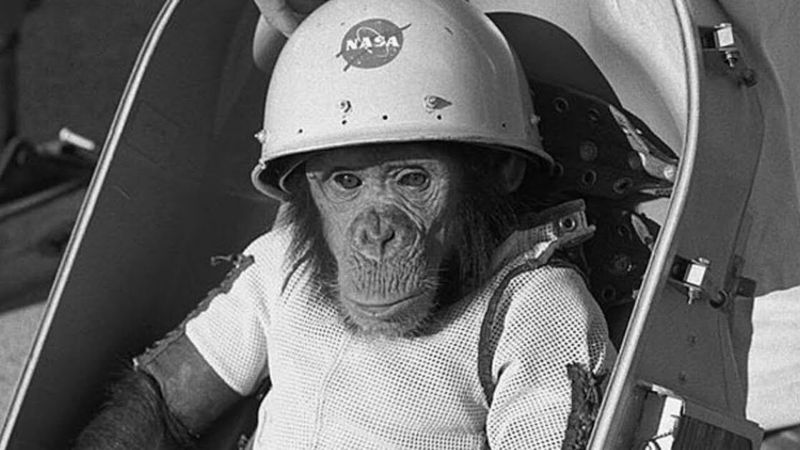
Ham the Chimp, an unlikely astronaut, played a crucial role in the early days of space exploration. Trained by NASA, Ham was the first hominid to be launched into space, paving the way for human space travel.
On January 31, 1961, he was sent on a suborbital flight aboard the Mercury-Redstone 2. Ham’s mission was a success, as he performed simple tasks during the flight, proving that humans could survive space travel and perform tasks in a weightless environment.
His bravery and performance were celebrated, marking a significant milestone in scientific history. After his space mission, Ham retired to a zoo, where he lived out his days receiving admiration from visitors.
Ham’s contribution to space exploration is still remembered today, as he demonstrated the potential for collaboration between species in advancing scientific knowledge. His legacy is a testament to the daring spirit of exploration and the remarkable abilities of our closest animal relatives.
5. Punxsutawney Phil
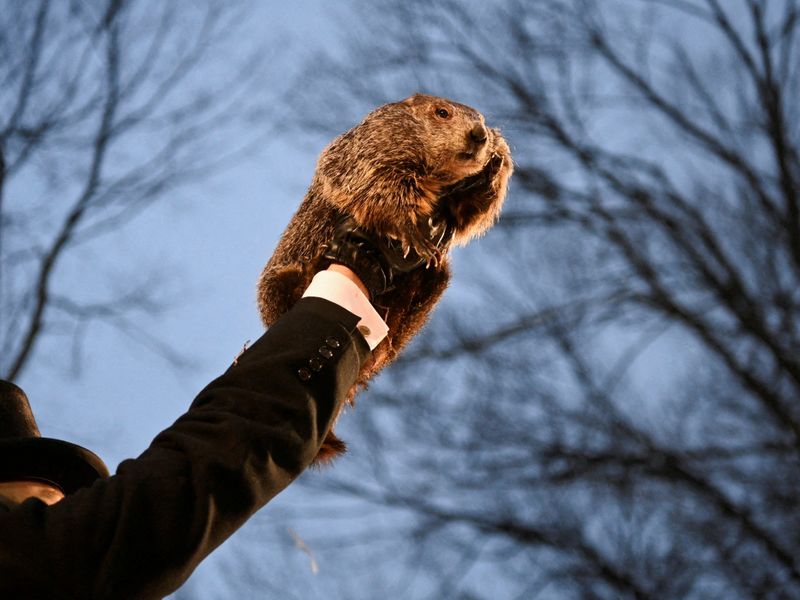
Punxsutawney Phil, the famed weather-predicting groundhog, has been an amusing fixture in American culture for over a century. Every February 2nd, on Groundhog Day, Phil emerges from his burrow in Punxsutawney, Pennsylvania, to predict the weather.
According to tradition, if Phil sees his shadow, it means six more weeks of winter. If not, spring is near. This quirky custom has attracted thousands of visitors annually and has become a part of popular folklore, even inspiring a blockbuster movie.
Despite the playful nature of his predictions, Phil’s annual emergence is a beloved event, symbolizing the hope and anticipation of spring.
He represents a charming blend of tradition and whimsy, reminding us of the joy found in folklore and the simple pleasure of seasonal change. Whether accurate or not, Phil’s predictions continue to enchant, making him an enduring symbol of weather lore.
6. Jonathan The Tortoise
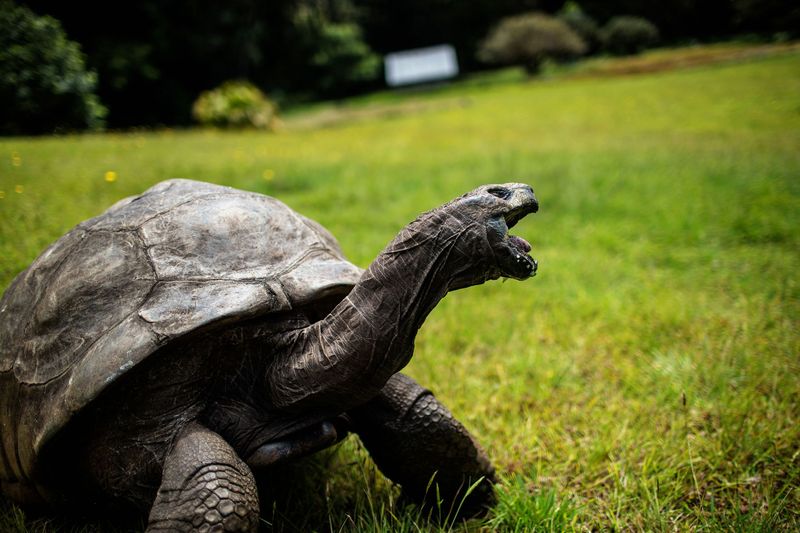
Jonathan the Tortoise holds the title of the world’s oldest land animal, offering a living link to the past. Born around 1832, Jonathan has witnessed generations come and go on the island of St. Helena, where he resides.
His remarkable longevity has made him a cherished icon, drawing visitors who marvel at his resilience and the history he’s seen. As a symbol of endurance, Jonathan has lived through significant world events, from the Victorian era to the digital age.
Jonathan’s life is a reminder of the endurance of nature and the stories that ancient creatures hold within them. His presence is a testament to the slow and steady progress of life, offering insights into the care and preservation needed to allow other species to thrive.
7. Cher Ami The Pigeon
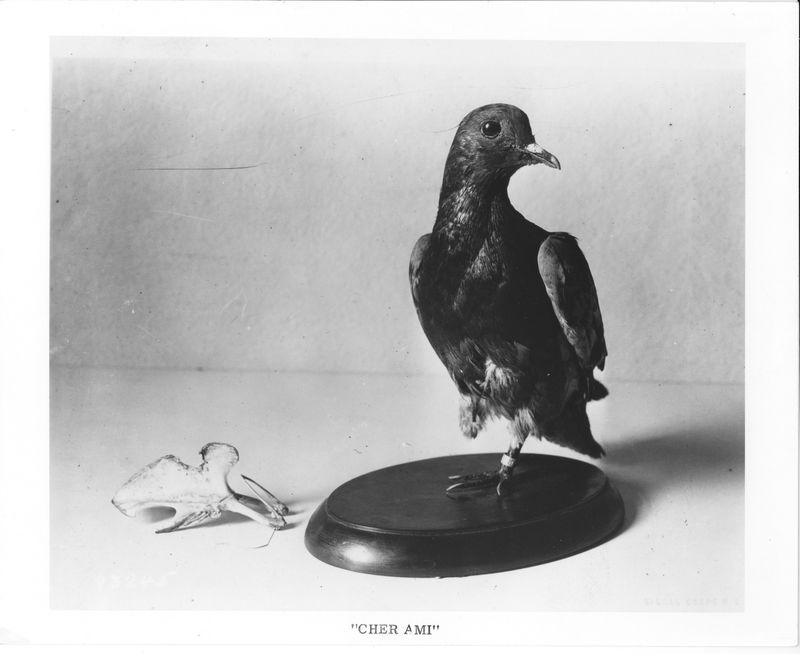
Cher Ami, the heroic pigeon, played a vital role during World War I as a messenger for the U.S. Army Signal Corps. Despite being severely injured, Cher Ami completed a crucial mission that saved nearly 200 soldiers.
Flying through enemy fire, Cher Ami delivered the message that led to the rescue of the ‘Lost Battalion’ in 1918, earning the pigeon the French Croix de Guerre for bravery. Cher Ami’s tenacity and dedication became emblematic of the unsung heroes of war.
Cher Ami’s story highlights the importance of animals in warfare, showcasing their ability to perform under pressure and their critical contributions to human efforts.
This feathered hero’s legacy continues to be celebrated, serving as a poignant reminder of the unique bond between humans and animals, forged even in the most challenging circumstances.
8. Cecil The Lion
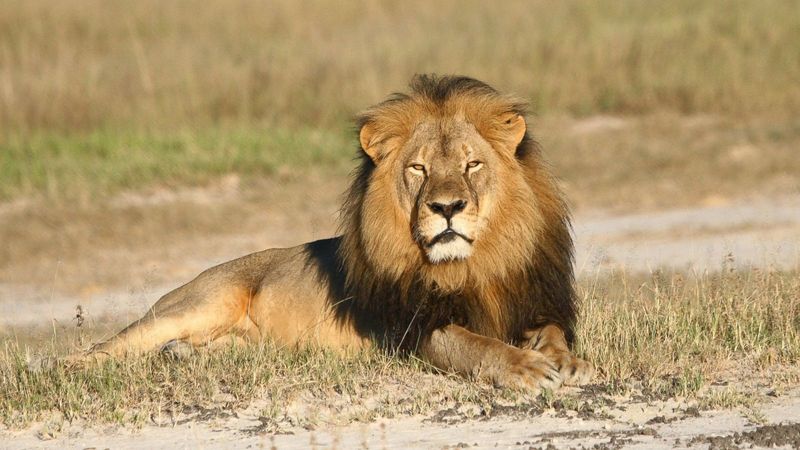
Cecil the Lion became a global symbol for wildlife conservation after his tragic death in 2015. As the pride leader in Hwange National Park, Zimbabwe, Cecil was known for his striking appearance and gentle demeanor.
Cecil’s untimely death at the hands of a trophy hunter sparked international outrage, leading to widespread condemnation and increased advocacy for stronger wildlife protection laws. His story underscored the urgent need to address the threats faced by big cats and other endangered species.
Though his life was cut short, Cecil’s legacy lives on through conservation initiatives and awareness campaigns worldwide. He continues to inspire efforts to protect wildlife habitats and promote ethical tourism, ensuring that future generations can admire the beauty of creatures like Cecil in the wild.
9. P-22 The Mountain Lion
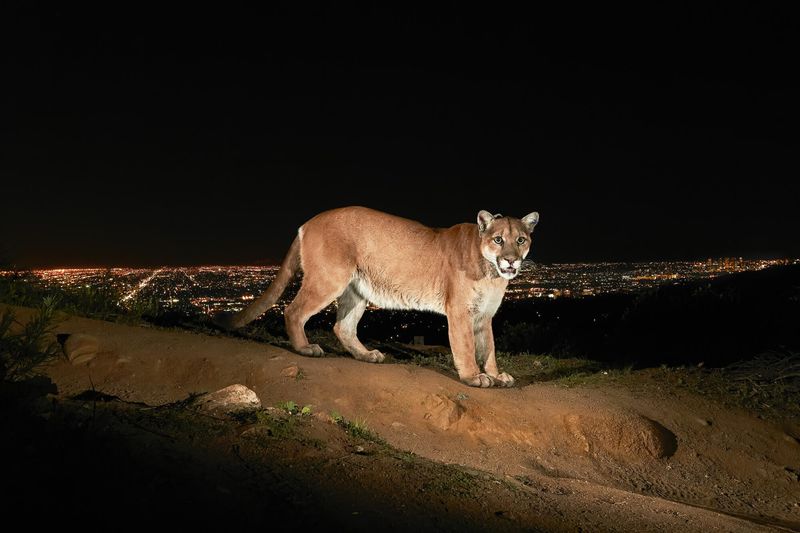
P-22, the famed mountain lion of Los Angeles, has become an emblem of urban wildlife. Roaming Griffith Park, P-22’s presence in a bustling metropolis highlights the challenges and triumphs of wildlife adapting to urban environments.
Captured on camera by a National Geographic photographer, P-22 gained notoriety as a resilient survivor, overcoming obstacles like busy freeways and shrinking habitats. His journey reflects the broader issues of wildlife conservation in urban areas.
P-22’s story has inspired efforts to create wildlife corridors and raise awareness about the importance of cohabitating with nature in cities.
His existence in Los Angeles serves as a testament to the adaptability of wildlife and the need for innovative solutions to ensure their survival. P-22 continues to be a beloved symbol of the wild amidst the urban sprawl, teaching us the value of living harmoniously with the natural world.
10. Cocaine Bear
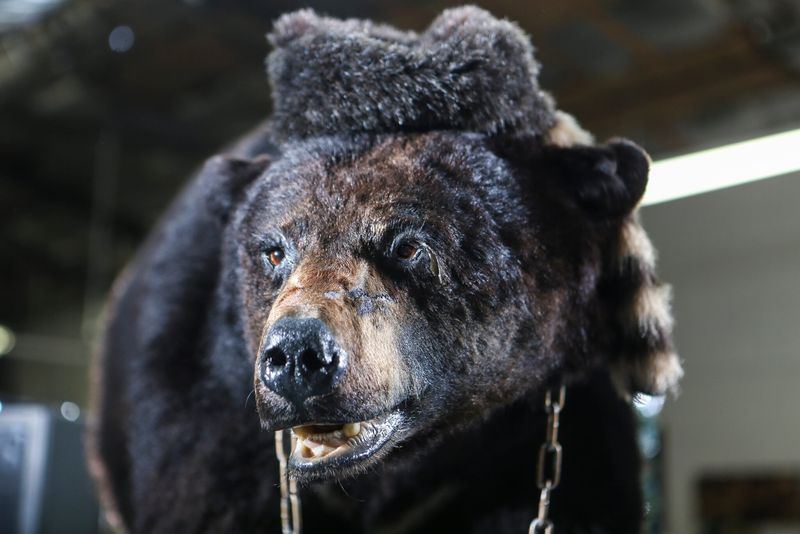
Cocaine Bear, an extraordinary tale of wildlife and misadventure, is based on a real incident in the 1980s. A black bear in Georgia stumbled upon a duffel bag filled with cocaine, dropped from a drug smuggler’s plane.
After ingesting the substance, the bear’s fate became a bizarre footnote in history. The bear, unfortunately, didn’t survive the ordeal, but the story has since become a mix of cautionary tale and legend.
The incident highlights the unexpected intersections between human activities and wildlife, leading to peculiar and often tragic outcomes.
Though Cocaine Bear’s story is unusual, it serves as a reminder of the impact of human actions on the natural world, and the importance of safeguarding wildlife from such unintended consequences.
This tale continues to captivate imaginations, blending humor and tragedy in a way that underscores the need for responsible stewardship of our environment.


